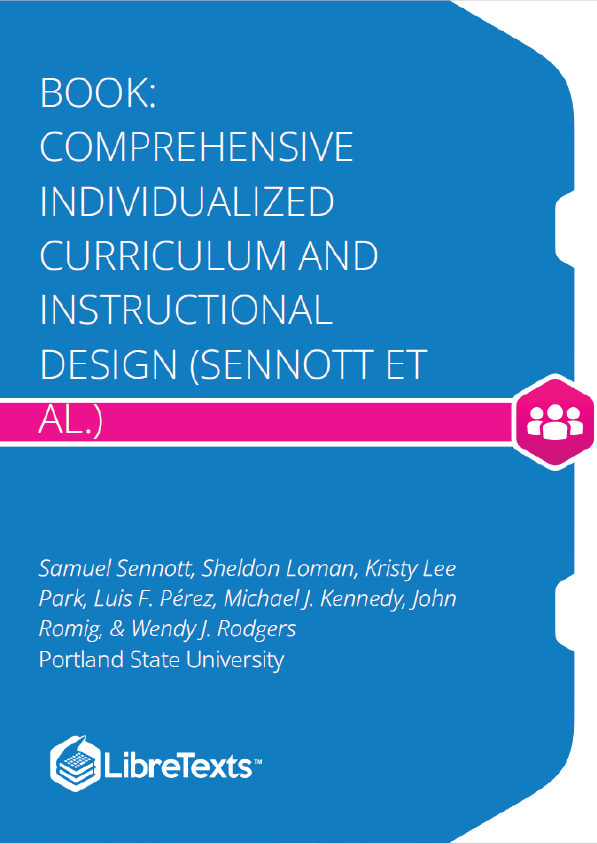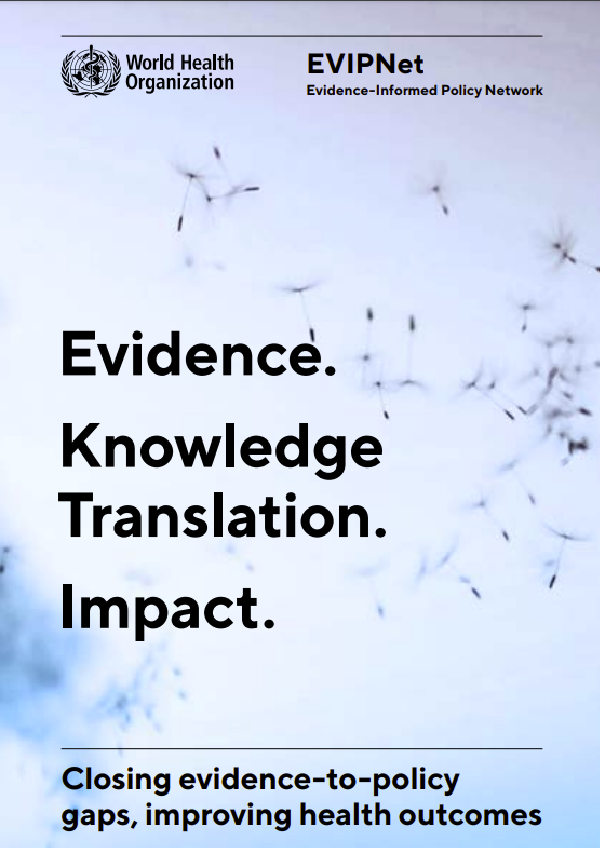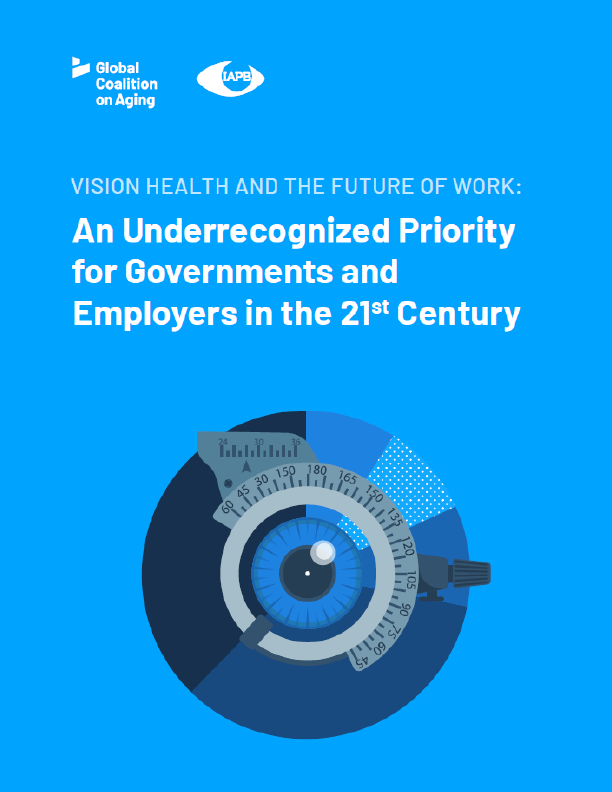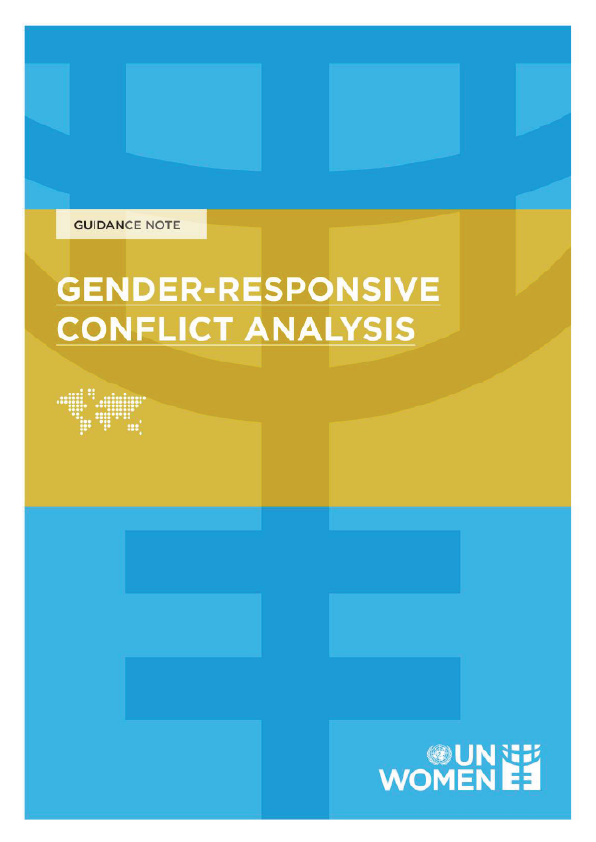This online textbook addresses the population of individuals with disabilities that experience complex lifelong needs across multiple areas in their lives. Drs. Sennott and Loman drafted this book (along with the help from some friends) with the hope of providing pertinent, practical, and current resources to future special educators who plan to serve individuals with complex disabilities.
Prelude
Individuals with complex needs require supports from multiple providers across multiple instructional domains. Designing and implementing effective supports for individuals with complex needs requires intentional committed collaboration from all stakeholders. This chapter introduces guiding principles for designing comprehensive instructional supports for individuals with complex needs that should create a conceptual and practical frame for the successive chapters of this text. Each of these guiding principles is a vast topic with multiple associated texts and resources. Therefore, within this chapter, practical resources are provided to help readers develop their repertoire of tools for designing effective and meaningful supports for individuals with complex needs.
Guiding Principle 1: Plan with the Individual and Family
An essential first step to designing and implementing instruction for individuals with disabilities (IWD) is to plan with the individual and their family. Person-centered planning is a process used with IWD and others that is key to implementing supports for the individual (e.g., social workers, speech and language therapists, special educators). The purpose of person-centered planning is to establish positive, collaborative, meaningful, and individualized programs for IWD (Claes, Van Hove, Vandevelvelde, Loon, & Schalock, 2010). There are several person-centered planning models such as Planning Alternative Tomorrows with Hope (PATH; Pearpoint, O’Brien, & Forest, 1993), Personal Futures Planning (O’Brien & Lovett, 1992), McGill Action Planning (Vandercook, York, & Forest, 1989), and the Picture Method (Holburn, Gordon, & Vietze, 2007). All of these models are designed to center the supports and services for IWD with the individual and their families.
Choosing Outcomes and Accommodations for Children (COACH, Giangreco et al., 2011) is a comprehensive, yet practical approach to collaborative instructional planning for IWD who require intensive supports. The COACH process is designed to focus on promoting achievement for IWD within inclusive settings. There are two parts of COACH: Part A guides families and educators to determine a student’s educational program; and Part B guides the team to translate the family-identified priorities into goals and objectives. Part A involves a family interview that helps IWD and their families identify valued life outcomes and prioritize learning outcomes within selected curriculum areas. Part A concludes with the student team identifying general supports that will improve access and participation in the student’s educational program. These general supports outline accommodations, modifications, and individuals essential to implementing a successful inclusive program for a student. Part B of COACH then guides the team to translate these supports into measurable annual goals and shortterm objectives. Finally, the team delineates a “Program-at-a-glance” that is shared with everyone who supports the student.











